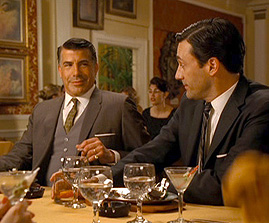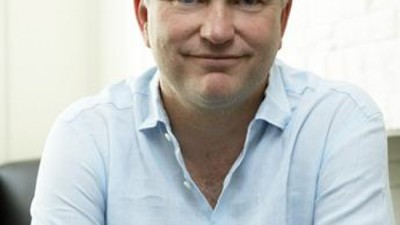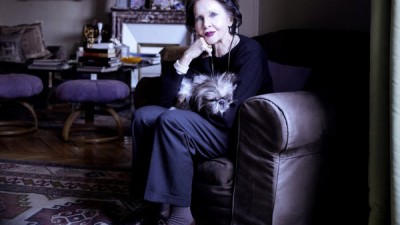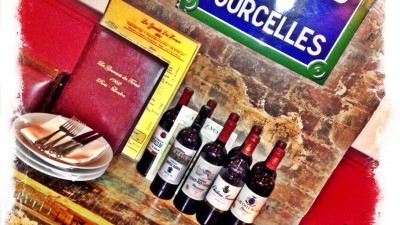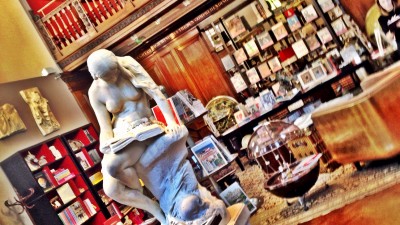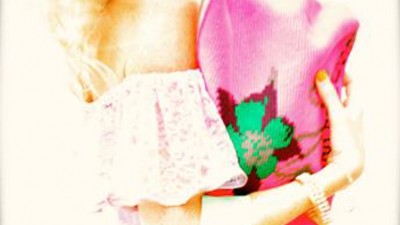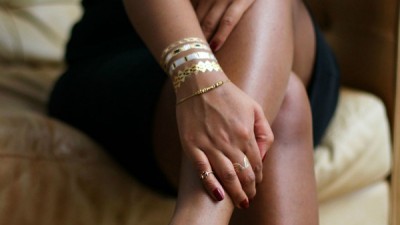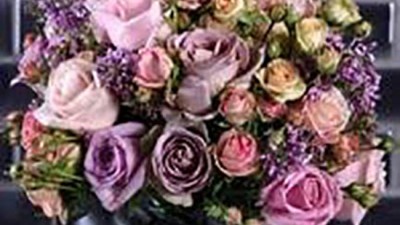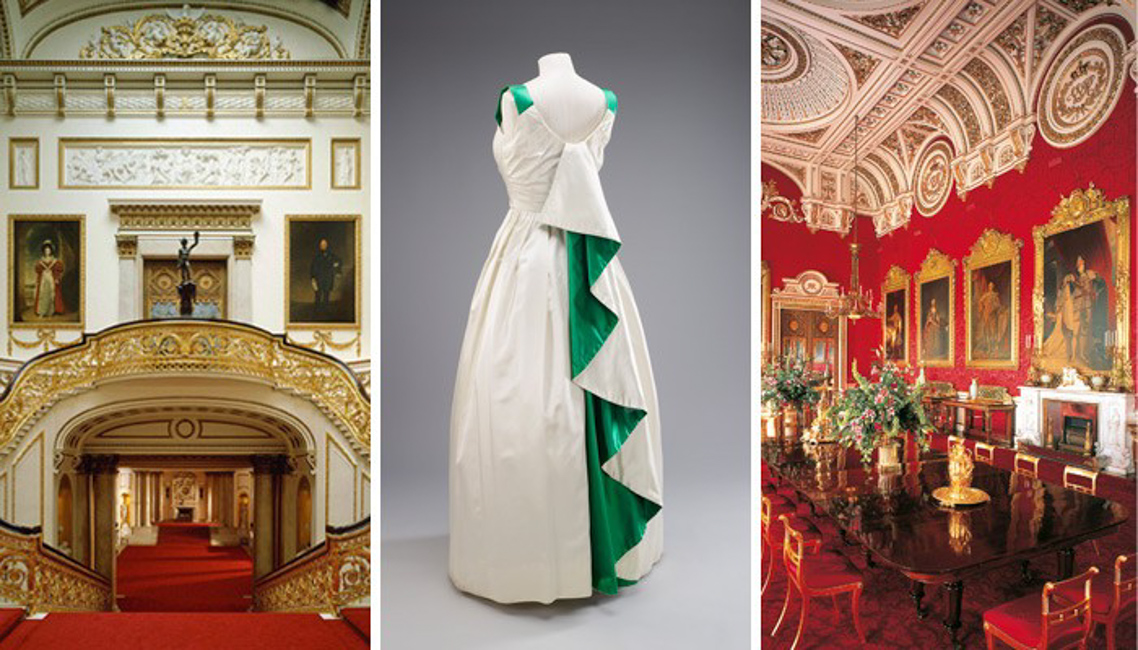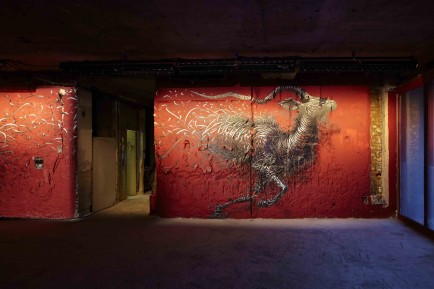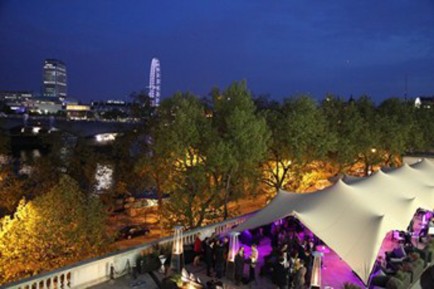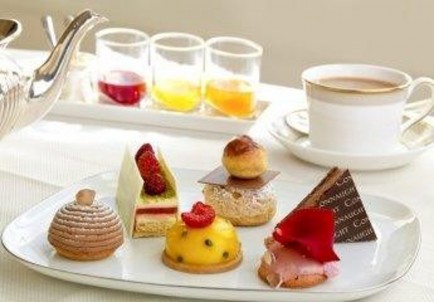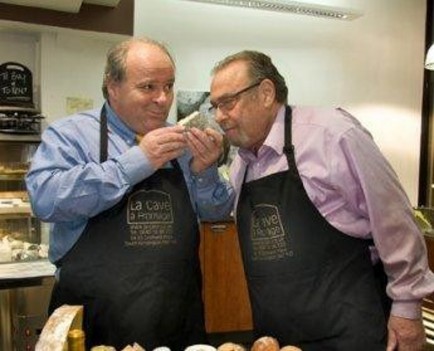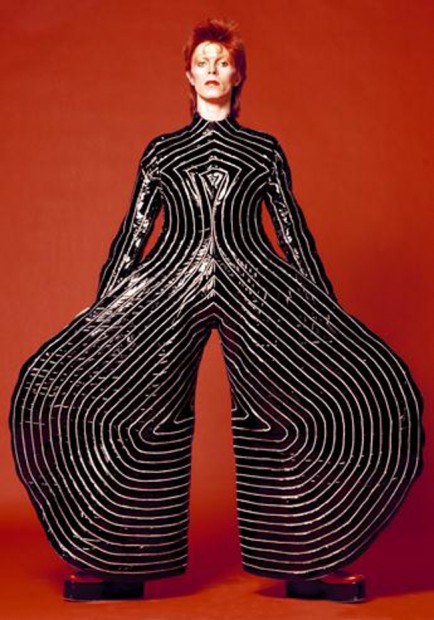It is not every day that one can visit the working headquarters of the British monarchy. However, for the past nineteen years, while Her Majesty spends August and September at Balmoral in Scotland, the public has been able to access the state rooms, in which official functions and receptions take place. Don’t be put off by its touristy aspect, as this annual opening offers a unique occasion to have a glimpse inside one of the most recognisable buildings in the world and at the magnificent Royal collection, which includes paintings by Canaletto, Rembrandt and Rubens.
The Throne Room (photo: Terry Moore)A little bit of History
- In the seventeenth century, a plantation of mulberries was established under James I royal patronage for the rearing of silkworms on the present site of Buckingham Palace.
- In 1704, the Duke of Buckingham built Buckingham House on the site: this private house stood exactly on the site now occupied by Buckingham Palace and its essential plans dictated all subsequent rebuildings.
- In 1761, George III purchased the house as a retreat, while St James’s palace was maintained as the official seat of the court.
- In 1825, royal architect John Nash was instructed by the Chancellor of the Exchequer to prepare plans for the enlargement and modernisation of Buckingham House.
- An artificial lake was completed in 1828 and is supplied with water from the Serpentine, the river which runs through Hyde Park.
- Buckingham Palace finally became the principal royal residence in 1837, on the accession of Queen Victoria who was the first monarch to reside there, as her predecessor William IV had died before its completion.
- The main final architectural improvements took place in 1913, when the architect Aston Webb refaced the decayed stonework of the 186m east front to replace it with Portland stone, thus transforming the palace facade from black to white.
- Among British royal residences, Buckingham Palace has by far the shortest history: the Tower of London and Windsor Castle have remained in use since the eleventh century, the Palace of Holyroodhouse in Edinburgh since the fifteenth century, and Hampton Court and St James’s Palace since the sixteenth century.
Did you know that
- It is possible to tell at a glance whether the Queen is in residence by looking at the central flagstaff: if she is in, it will be flying the Sovereign’s standard; if not, the Union flag will be seen.
- Buckingham palace, like Windsor Castle, is owned by the British state. It is not the monarch’s personal property, unlike Sandringham House and Balmoral Castle.
- 450 people work in the Palace. If most jobs are common functions of any large organisation, some others are uniquely royal, such as the footmen, pages and yeomen of the pantries (responsible for the china, glass and silver). Two clockmakers are in charge of maintaining more than a thousand clocks in working order.
- The palace contains 77,000 square metres of floorspace (828,818 sq ft), including 19 state rooms, 52 principal bedrooms, 188 staff bedrooms, 92 offices, and 78 bathrooms. A minor extension was made in 1938, in which the north-west pavilion, designed by Nash, was converted into a swimming pool.
- The 16-hectare (40-acre) garden, where there is still a descendant of one of James I’s mulberry trees, is the largest private garden in London. It is the setting for the Queen’s five garden parties, which are held in July, each for around 8,000 guests.
The Visit
- It includes the State Rooms, which were designed and built as the public rooms of the Palace, in which the monarchs receive, reward and entertain their subjects and visiting dignitaries. They include the Throne Room and the Ballroom, and occupy the heart of the palace.
- It also offers an opportunity to discover the royal art collection, on display in the 47-metre long Picture gallery, positioned at the very centre of the Palace. It contains works from many periods, acquired by the four most important royal collectors: George IV, his father George III and grandfather Frederick, and Charles I, who appears himself in two colossal paintings by Van Dyck. Works by Canaletto, Rembrandt and Rubens also feature prominently.
- At last, visitors can have a look at the “Queen and Commonwealth: the Royal Tour” exhibition, which commemorates the Commonwealth’s foundation sixty years ago. It brings together 28 dresses worn by the Queen on Commonwealth tours over the past six decades, as well as more than 100 gifts presented to the Queen on those tours.
Summer opening of the State Rooms at Buckingham Palace and “Queen and Commonwelath: the Royal tour” exhibition: until 30 September 2009, open daily 09:45-18:00. Admission by timed ticket: Adult £16.50, Under 17 £9.50, Under 5 Free. Advance tickets: www.royalcollection.org.uk

